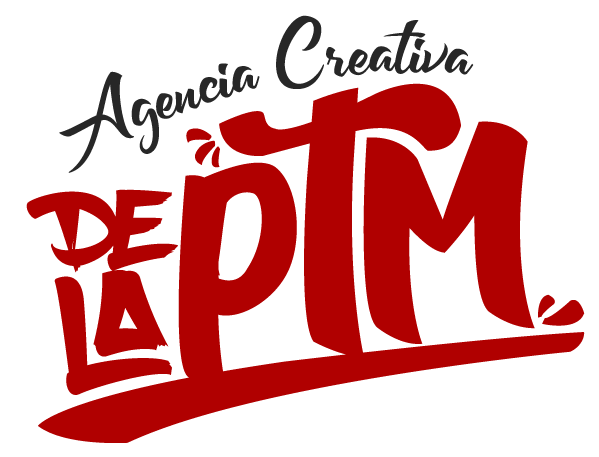The basic CRUD operations can be extended to implement specific business logic. For example, the create() and write() model methods might implement default values or some other automation. Other code methods can be added to enforce validation rules or automatically compute field values. Finally, Odoo developers play a critical role in the effective deployment and optimisation of Odoo ERP systems.
- By creating custom fields, you can extend the data model and add new functionalities, such as computed fields, related fields, or fields with custom validation logic.
- From sales and marketing to services and manufacturing, an inability to mold your business software according to your needs can have drastic effects on how your organization gets work done.
- The web client supports all the features needed by a business application, such as login sessions, navigation menus, data lists, and forms.
- Study the existing Odoo modules to understand their structure, components, and how they interact with the core system.
By following these guidelines, you’ll ensure that your code is consistent with the rest of the Odoo ecosystem and make it easier for other developers to understand and contribute to your projects. One valuable resource is the official Odoo documentation, which provides detailed guides, tutorials, and references for various aspects of Odoo development. The documentation covers topics such as module development, customization, deployment, and administration, making it a valuable companion throughout your learning journey. Additionally, Odoo has a vibrant and active community of developers, users, and contributors.
Which industriеs usе Odoo? Which industriеs usе Odoo?
Their responsibilities include customising, integrating, developing modules, migrating data, and providing continuing support. O2b Technologies demonstrates excellence in Odoo development with its team of Expert Odoo developers, delivering organisations customised solutions that enhance efficiency, productivity, and growth. The business logic tier will be the basic create, read, update, delete (CRUD) operations handled by the web framework, with no additional automation requirements to support.
These tests can cover various aspects of your code, such as models, views, controllers, and business logic. By writing tests, you can verify that your code behaves as expected and catches any potential bugs or issues before they reach the production environment. Additionally, Odoo provides a powerful debugging tool that allows you to inspect and analyze the execution of your code. The debugging tool provides features such as breakpoints, step-by-step execution, variable inspection, and stack traces, making it easier to identify and fix issues in your code. Before you can start developing Odoo applications, you’ll need to set up your development environment. This involves installing the necessary tools and dependencies to run and test your code.
- To dive deeper into the Odoo framework, it’s important to understand the concept of models, views, and controllers.
- The experts at O2b Technologies have vast expertise in Odoo development and customisation, guaranteeing that clients obtain high-quality solutions.
- This is useful to debug the web client itself, at the expense of making the web client navigation slower.
- Understanding of company processes and the ability to convert client requirements into Odoo solutions are examples of business acumen.
Setting up a proper development environment is essential for efficient and hassle-free accelerating deductions with payroll tax accruals. The ability to develop custom Odoo modules is a core skill for an Odoo developer. Start by creating simple modules with basic functionality, gradually progressing to more complex features. First, learn to define models, views, and controllers within your modules.
What Role Do Odoo Apps Play in Enhancing Odoo Functionality?
Odoo relies on its object relational mapping (ORM) engine as the interface between the apps and the database. The ORM provides the application programming interface (API) used by the addon modules to interact with the data. For example, the Partner data entity, used for data records like customers or suppliers, is represented by a model. Odoo is able to relieve some of this strain by providing a rapid application framework well-suited for building approachable and efficient business applications. Once you’ve developed your Odoo applications, it’s time to deploy them to a live server and optimize their performance. Odoo provides various deployment options, depending on your requirements and infrastructure.
These advanced techniques allow you to create highly tailored and interactive applications that go beyond the standard Odoo functionalities. To ensure a smooth development experience, it’s also recommended to use a version control system, such as Git, to track changes to your code. Version control allows you to collaborate with other developers, revert to previous versions of your code, and manage different branches for testing and deployment. Furthermore, it’s a good practice to set up a local development server where you can run and test your Odoo applications. By having a local server, you can simulate the production environment and ensure that your applications work as expected before deploying them to a live server.
Elevate Your Business with an Odoo Gold Partner
A website framework is also available to use as a public front end for external users. Equipped with CMS features, a framework allows us to create both static and dynamic web pages. The website framework uses controller components for the code implementing the presentation-specific logic, keeping it separate from the model’s intrinsic logic. The presentation tier is responsible for presenting data and interacting with the user. It is implemented by the client section of the software, and is responsible for end user interaction. The client software uses remote procedure calls (RPCs) to the Odoo service, running the ORM and the business logic.
Odoo Implementation Process Odoo Implementation process
This ensures that your customizations are separate from the core functionality of the module, making it easier to update and maintain your code in the future. Additionally, Odoo provides a powerful ORM (Object-Relational Mapping) system that simplifies database operations and allows you to interact with the data in a seamless manner. By leveraging the ORM, you can create, read, update, and delete records in the database, as well as perform complex queries and aggregations. To dive deeper into the Odoo framework, it’s important to understand the concept of models, views, and controllers. Models represent the structure and behavior of the data in an Odoo application. They define the fields and relationships between different objects, allowing developers to create and manipulate data.
Odoo Community Review: Harnessing Open-Source Power
You should also take advantage of the Odoo API, which provides a wide range of tools and functionalities for building Odoo applications. The API allows you to interact with the Odoo framework, access its features and resources, and perform various operations, such as creating records, updating views, and triggering actions. By mastering the art of customizing and extending Odoo modules, you’ll be able to create powerful and flexible applications that cater to the unique needs of your clients. Mastering Odoo development requires a combination of technical skills, best practices, and hands-on experience. In this comprehensive guide, we’ve covered a wide range of tips and tricks to help you become an expert Odoo developer.
Efficient Odoo Hosting: Boost Your Business Performance
You can deploy Odoo on-premises, on a cloud server, or use Odoo’s cloud hosting services. Each option has its own advantages and considerations, such as scalability, security, and cost. It’s important to choose the deployment option that best suits your needs and budget. Additionally, when deploying Odoo, it’s important to ensure that your server meets the minimum system requirements and that you have proper backups and disaster recovery plans in place. Odoo’s modular nature allows developers to create and extend functionality through modules. Study the existing Odoo modules to understand their structure, components, and how they interact with the core system.
To become an expert Odoo developer, it’s important to follow best practices when developing Odoo applications. These practices ensure that your code is clean, maintainable, and scalable, making it easier to work with in the long run. These guidelines provide a set of conventions and recommendations for writing Odoo code, such as using proper naming conventions, organizing code into logical modules, and documenting your code.


